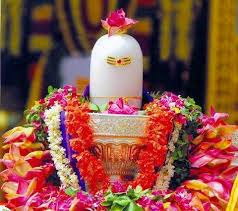
Om Namo Narayana,
Om Vande Shambum umapathim sura gurum vande jagatkaranam,
Vande pannaga bhooshanam mrugadharam, vande pasoonaam pathim
Vande surya sasanka vahni nayanam, vande mukunda priyam,
Vande bhaktha janasrayam cha varadam, Vande shivam sankaram.
I salute the great God Shambhu, Who is the consort of Uma, (whose consort is Uma), Who is the teacher of devas, I salute the cause of this universe, I salute who wears snake as ornament, Who caries a deer in his hand, (who wears the hide of a deer) I salute the Lord of all beings, I salute him who has sun, moon and fire as eyes, I salute him who is dear to Mukunda, I salute him who is the refuge of his devotees, Who is the one who gives them great status, (boons) And I salute Shiva and Shankara.
Nagendra Haaraaya Thrilochanaaya
Bhasmaanga Raagaaya Maheshvaraaya
Nityaaya Suddhaaya Digambaraaya
Tasmai Nakaaraaya Namah Shivaaya
I offer my humble salutations to Lord Mahesvara - who has a garland of serpents around the neck; who has three eyes; whose body is covered with ash (vibhuti); who is eternal; who is pure; who has the entire sky as His dress and who is embodies as the first letter Na.
Mandaakini Salila Chandana Chaarthitaaya
Nandeesvara Pramatha Naatha Mahesvaraaya
Mandaara Pushpa Vahu Pushpa Supoojitaaya
Tasmai Makaaraaya Namah Shivaaya
I bow to Lord Mahesvara, who is embodied as Makaara (letter Ma), whose body is anointed with holy waters from the river Ganges and sandal paste, who is the sovereign king of the Pramatha (victor of Pramatha) Ganas and who is adorned with innumerable divine flowers such as Mandaara.
Shivaaya Gauri Vadana Aravinda
Sooryaaya Dakshaadhvara Naashakaaya
Sree Neelakantaaya Vrisha Dhvajaaya
Tasmai Shikaaraaya Namah Shivaaya
I offer my salutations to Lord Shiva, who is the resplendent sun for mother Gauri`s lotus face, who is the destroyer of Daksha`s sacrificial ritual, who is the blue necked Lord (due to the Haalahala poison which He agreed to consume), whose banner bears the emblem of a bull (who rides a bull) and who is embodied as the letter Shi.
Vasishta Kumbhodbhava Gautamaaya
Muneendra Devaarchita Sekharaaya
Chandraarka Vaishvaanara Lochanaaya
Tasmai Vakaaraaya Namah Shivaaya
I prostrate before the God of Gods, who is worshipped and prayed to by great sages such as Vashishta, Agastya and Gautama, whose eyes are sun, moon and the fire and who is embodied as Vakaara (letter Va).
Yajna (Yaksha) Swaroopaaya Jataadharaaya
Pinaaka Hasthaaya Sanaatanaaya
Divyaaya Devaaya Digambaraaya
Tasmai Yakaraaya Namah Shivaaya
Prostrartions to the sacred Lord who is the Yaksa incarnate, whose hairs are long and matted, who holds Pinaaka (trident) in His hand, who has the entire sky as His attire and who is embodied as the letter Ya.
Panchaaksharam Idam Punyam
Yah Pateh Shiva Sannidhau
Shivaloka Mavaapnothee
Shivena Saha Modate
Lord Shiva Famous Temples
Lord Shiva With Mata Parvati
Lord SHiva Beautiful Wallpapers Gallery
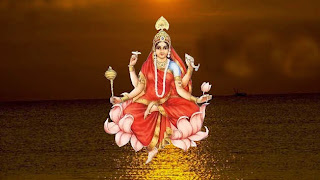



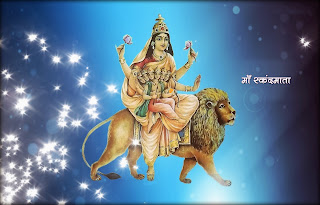

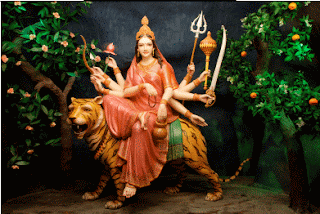
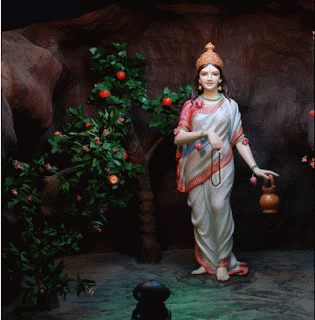

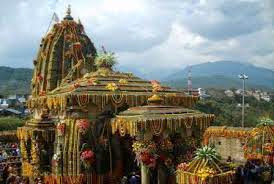

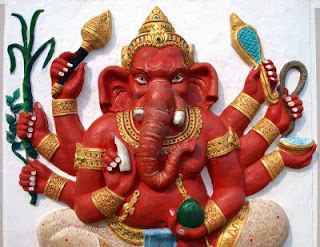 Ganesh Chaturthi also known as Vinayaka Chaturthi is one of the important Hindu festivals celebrated throughout India with a great devotion. This day is celebrated as the birthday of Lord Ganesh, the elephant-headed son of Lord Shiva and Goddess Parvati. Lord Ganesh is the symbol of wisdom, prosperity and good fortune.
Ganesh Chaturthi is celebrated on Shukla Chaturthi of the Hindu month of Bhadra (generally falls between August and September). This festival is celebrated by Hindus with a great enthusiasm. People bring idols of Lord Ganesh to their homes and do worship. The duration of this festival varies from 1 day to 11 days, depending on the place and tradition. On the last day of the festival the idols are taken out in a colorful and musical procession and immersed traditionally in water.
As per Hindu mythology Lord Ganesh is considered as “Vigana Harta” (one who removes obstacles) and “Buddhi Pradaayaka” (one who grants intelligence). This festival is very important for students, they worship Lord Ganesh to illumine their minds.
Ganesh Chaturthi also known as Vinayaka Chaturthi is one of the important Hindu festivals celebrated throughout India with a great devotion. This day is celebrated as the birthday of Lord Ganesh, the elephant-headed son of Lord Shiva and Goddess Parvati. Lord Ganesh is the symbol of wisdom, prosperity and good fortune.
Ganesh Chaturthi is celebrated on Shukla Chaturthi of the Hindu month of Bhadra (generally falls between August and September). This festival is celebrated by Hindus with a great enthusiasm. People bring idols of Lord Ganesh to their homes and do worship. The duration of this festival varies from 1 day to 11 days, depending on the place and tradition. On the last day of the festival the idols are taken out in a colorful and musical procession and immersed traditionally in water.
As per Hindu mythology Lord Ganesh is considered as “Vigana Harta” (one who removes obstacles) and “Buddhi Pradaayaka” (one who grants intelligence). This festival is very important for students, they worship Lord Ganesh to illumine their minds.
